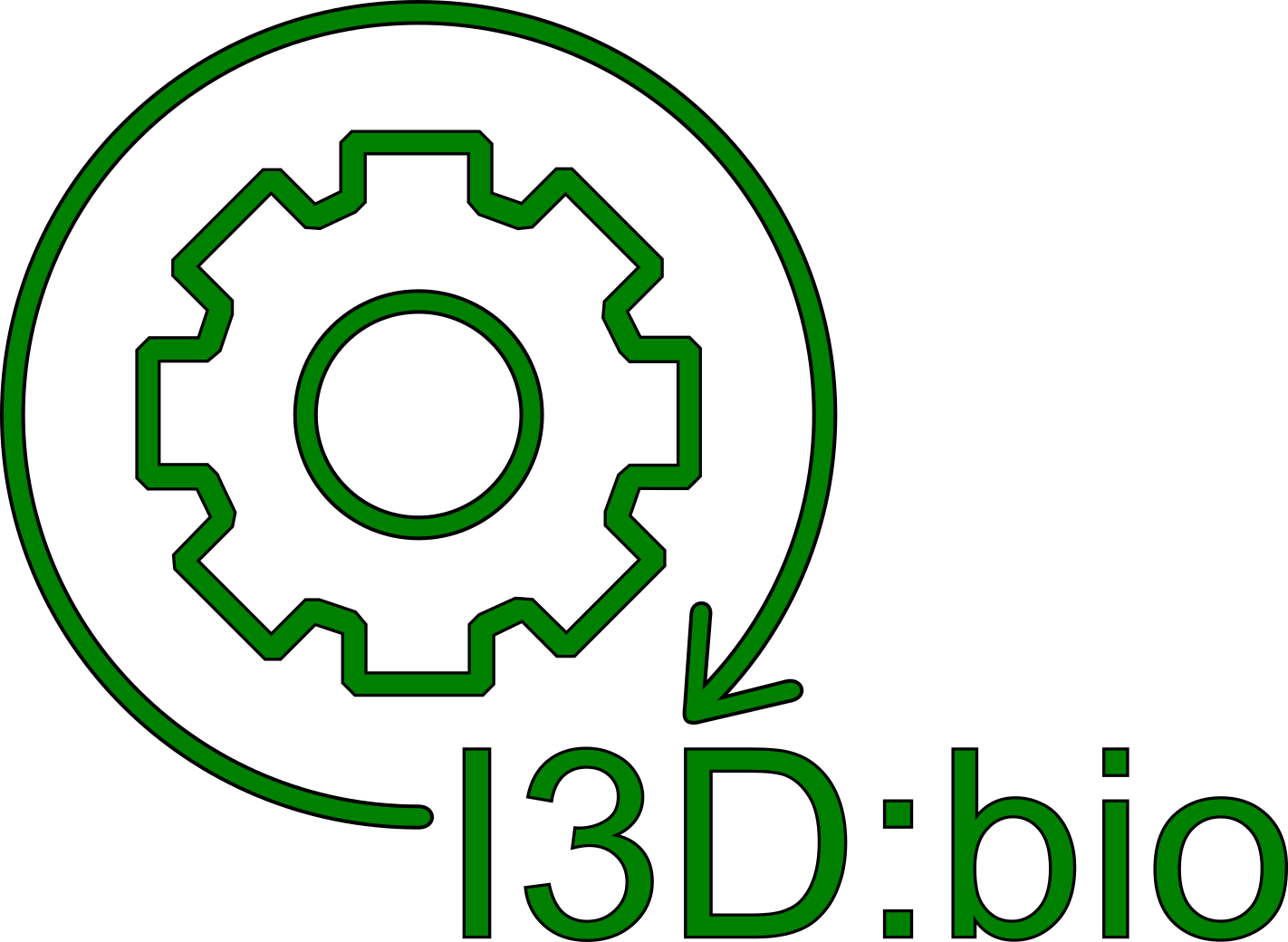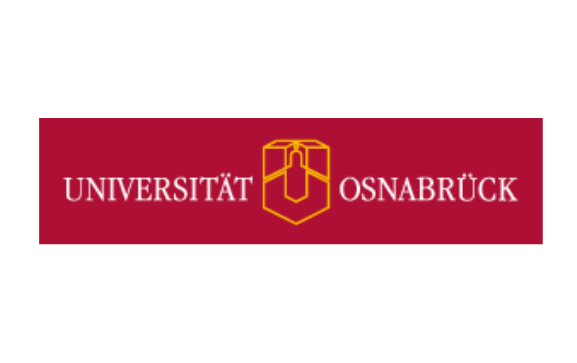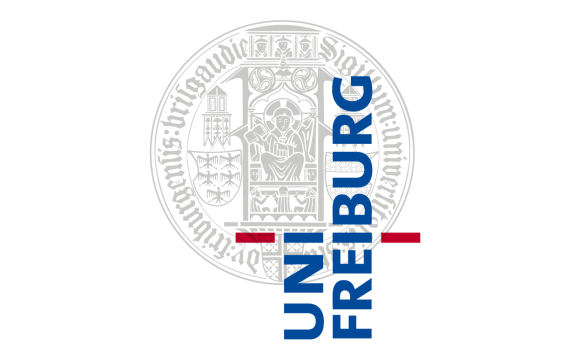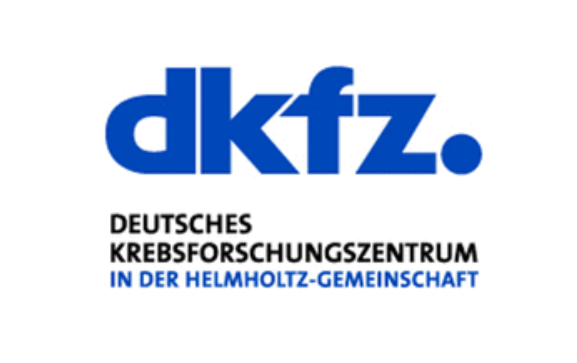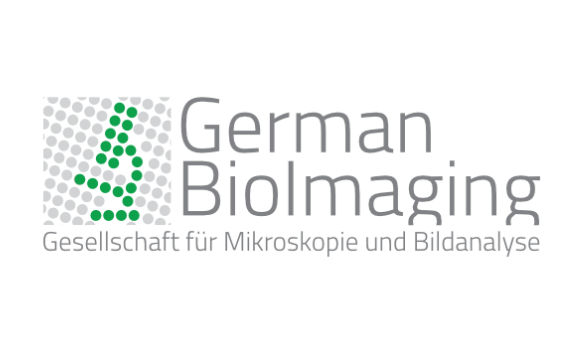Overview of metadata for bioimaging in the context of linked data
The world of metadata might seem confusing – especially for researchers who have not previously focused in great detail on this aspect of research. Metadata annotation is not only important to organize and curate data for single researchers or research collaborations, but at a higher level metadata curation can contribute to the ultimate goal of increasing the collective knowledge generated by scientific research. This is the goal of what is coined the “semantic web” – enable to connect knowledge (instead of merely linking documents) over the internet.
To get a better picture of the meaning of metadata for bioimaging in the context of linked (open) data, and to learn about the technical background associated with this topic, a glossary poster was created by J. Dohle and S. Kunis, which is presented to you in this video:
Structuring of Data and Metadata in Bioimaging: Concepts and technical Solutions in the Context of Linked Data.
S. Kunis and J. Dohle, 2022.
Available for download at:
https://doi.org/10.5281/zenodo.7018928
See also: information on research data management.
